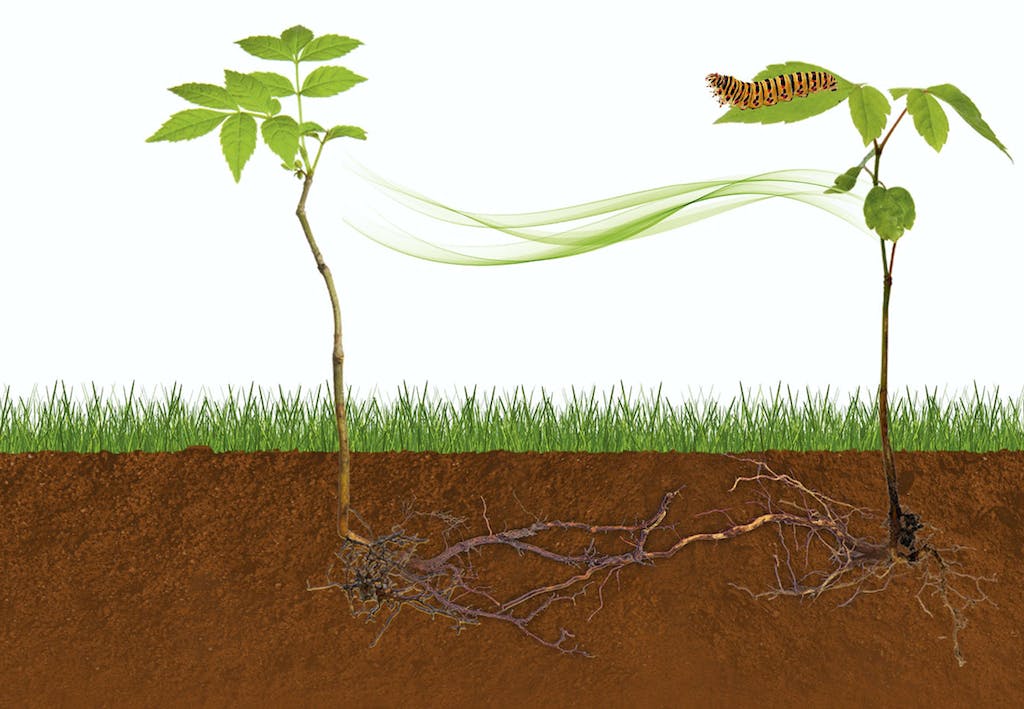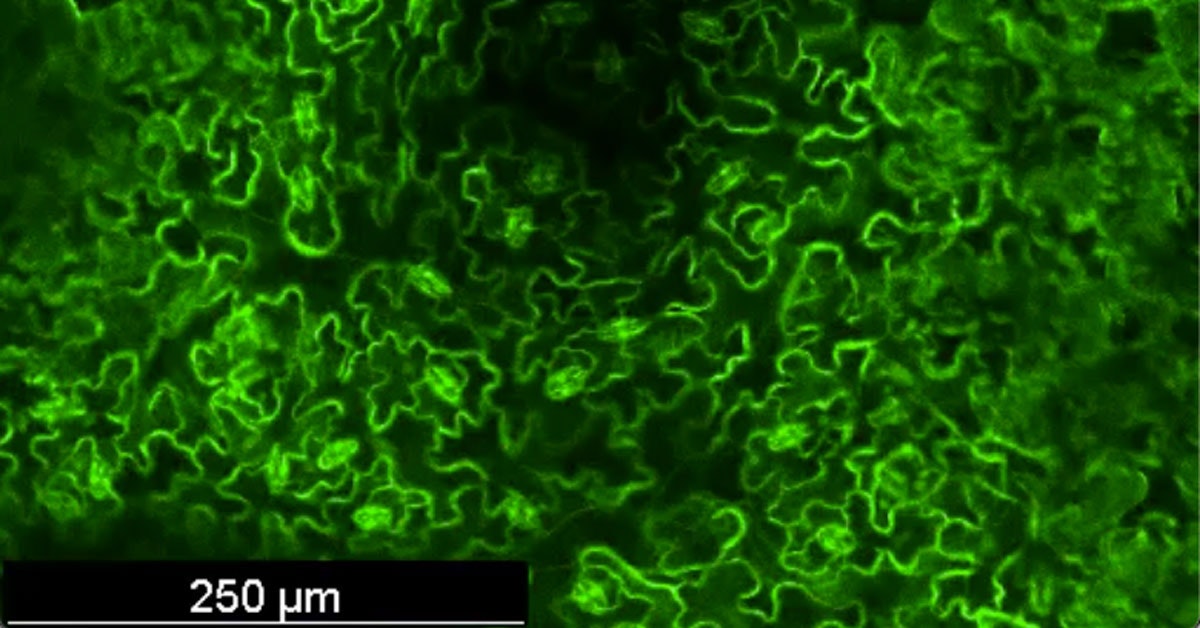A series of experiments in the lab showed that plant cells respond to touch — and the moment the touch stops.
Previous research has already shown that plants register touch and use the same signaling chemical as mammals to detect attacks and damage.
But this study from the US proves that cells send different signals when touch starts or stops. The researchers did not expect this.
“It’s amazing that plants can do this in a completely different way than animals – without neurons and yet at a very high level,” says Michael Knoblochthe lead author of the study, which was published in Nature plants.
He and his colleagues conducted at least 84 experiments on 12 plants that had been specially bred with so-called calcium sensors.
Pieces of plants (tobacco plants and cress) were placed under a microscope.
Then they touched the plants very lightly with a thin glass tube the size of a human hair.
You want to clarify the mystery
One of the discoveries was that touch triggered a series of complex reactions, and that those reactions varied with the pressure and duration of the touch.
The researchers were also able to see a distinct difference in the plant’s response when touch began or ended.
Research has shown that plants can do many of the same things that animals do.
For example, they can sense their environment with the help of special light-sensitive cells in leaves, sleep by changing sap tension, and communicate with each other through chemical signals in the air.

Listen by picking up subtle sound vibrations from, for example, water running on roots.
1
Communicate by means of airborne chemicals that warn of herbivores and diseases.
2
Vision using light-sensitive, lens-like cells in leaves.
3
© Ken Ikeda/Shutterstock
Over the course of the first 30 seconds after touch, the researchers observed slow waves of calcium ions traveling from the touched plant cell to surrounding cells. These waves lasted 3 to 5 minutes.
When the researchers lifted the thin tube again, the cells immediately gave off a series of faster waves, which disappeared again within a minute.
People and animals perceive touch through sensory cells. In plants, the mechanism appears to work by increasing or decreasing the cell’s internal pressure, says Michael Knoblauch.
Researchers don’t yet know how the plants’ genes respond to the calcium waves of a few cells.
But the hope is that it will soon be possible to demystify it with the new technologies that were also used here.

“Lifelong zombie fanatic. Hardcore web practitioner. Thinker. Music expert. Unapologetic pop culture scholar.”








